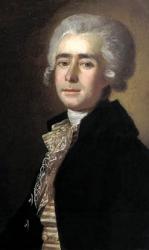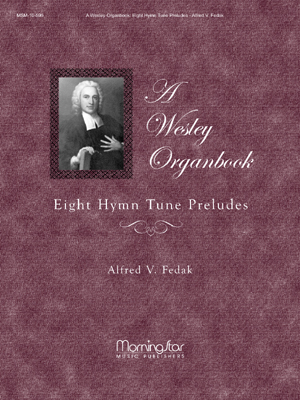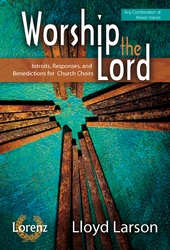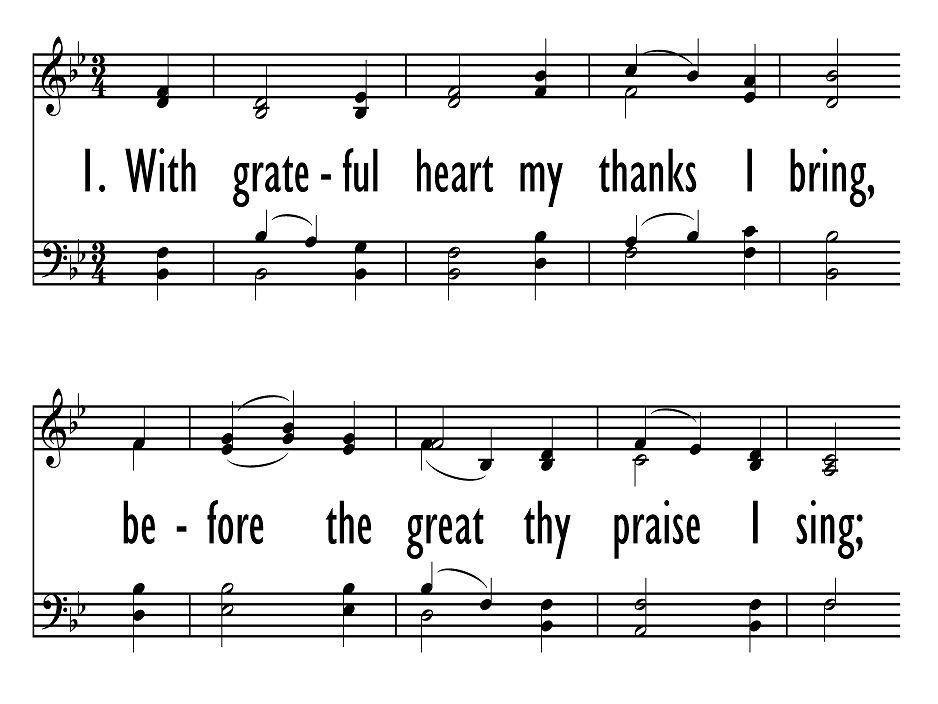- |
User Links
ST. PETERSBURG

ST. PETERSBURG
Composer: Dmitriĭ Stepanovich Bortnianskiĭ (1825)Published in 373 hymnals
Printable scores: PDF, MusicXML
Audio files: MIDI, Recording
Composer: Dmitriĭ Stepanovich Bortnianskiĭ
 Dimitri Stepanovitch Bortniansky (1751-1825) Ukraine 1751-1825
Born in Glukhov, Ukraine, he joined the imperial choir at age 8 and studied with Galuppi, who later took the lad with him to Italy, where he studied for 10 years, becoming a composer, harpsichordist, and conductor. While in Italy he composed several operas and other instrumental music, composing more operas and music later in Russia. In 1779 he returned to Russia, where he was appointed Director to the Imperial Chapel Choir, the first as a native citizen. In 1796 he was appointed music director. With such a great instrument at his disposal, he produced many compositions, 100+ religious works, sacred concertos, cantatas, and hymns. He influenced Rachmaninoff and Tchaikovshy… Go to person page >
Dimitri Stepanovitch Bortniansky (1751-1825) Ukraine 1751-1825
Born in Glukhov, Ukraine, he joined the imperial choir at age 8 and studied with Galuppi, who later took the lad with him to Italy, where he studied for 10 years, becoming a composer, harpsichordist, and conductor. While in Italy he composed several operas and other instrumental music, composing more operas and music later in Russia. In 1779 he returned to Russia, where he was appointed Director to the Imperial Chapel Choir, the first as a native citizen. In 1796 he was appointed music director. With such a great instrument at his disposal, he produced many compositions, 100+ religious works, sacred concertos, cantatas, and hymns. He influenced Rachmaninoff and Tchaikovshy… Go to person page >Tune Information
| Title: | ST. PETERSBURG |
| Composer: | Dmitriĭ Stepanovich Bortnianskiĭ (1825) |
| Meter: | 8.8.8.8.8.8 |
| Incipit: | 53451 21715 61653 |
| Key: | B♭ Major/C Major |
| Source: | Russian |
| Copyright: | Public Domain |
Alternative Tunes
Notes
Dmitri Stephanovich Bortnianski (b. Gloukoff, Ukraine, 1751; d. St. Petersburg, Russia, 1825) was a Russian composer of church music, operas, and instrumental music. His tune ST. PETERSBURG (also known as RUSSIAN HYMN) was first published in J. H. Tscherlitzky's Choralbuch (1825).
The tune is supposedly from a Mass composed in 1822, though that work is not extant. Tchaikovsky included ST. PETERSBURG as the setting for a Russian hymn in his 1884 edition of Bortnianski's compositions for church use. The tune is named after the city where Bortnianski studied, worked, and died. Shaped in to a strict bar form (AAB), this tune has a third line that brings a fine climax and resolution to the entire melody.
Bortnianski began his musical study as a chorister in the imperial chapel choir at the age of eight. With financial aid from Catherine the Great, he went to Venice in 1768 to study music; he also studied in Rome and Naples. After returning to Russia, he assumed the directorship of the imperial chapel choir in St. Petersburg. His choral music was published by Tchaikovsky (c. 1884) and continues to be used both in the Russian Orthodox Church and in western churches.
--Psalter Hymnal Handbook, 1987
Timeline
Arrangements
Harmonizations, Introductions, Descants, Intonations
|
Harmonizations, Introductions, Descants, Intonations: Piano
|
Organ Solo
|
Piano Solo
|
Piano and Organ Duet
|
Media
The Cyber Hymnal #899
Text: Come, Let Us Sing the Song of SongsThe Cyber Hymnal #947
Text: Come, O Thou Traveler UnknownThe Cyber Hymnal #1152
Text: The Day the Christ-Child's Tender EyesThe Cyber Hymnal #1637
Text: From the CrossThe Cyber Hymnal #2370
Text: How Good It Is to Thank the LordThe Cyber Hymnal #3001
Text: Inspirer of the Ancient SeersThe Cyber Hymnal #4260
Text: The Mighty God, Jehovah, SpeaksThe Cyber Hymnal #4725
Text: O Come Before the LordThe Cyber Hymnal #4888
Text: O God, of Good the Unfathomed SeaThe Cyber Hymnal #5097
Text: O Light, Whose Beams Illumine AllThe Cyber Hymnal #5164
Text: O Lord, Who in Thy Love DivineThe Cyber Hymnal #6662
Text: Thou Hidden Source of Calm ReposeThe Cyber Hymnal #7145
Text: Watched by the World's Malignant EyeThe Cyber Hymnal #7177
Text: Weary of Wandering from My GodThe Cyber Hymnal #7389
Text: Where Shall My Wondering Soul Begin?The Cyber Hymnal #7708
Text: Whether the Word Be Preached or ReadThe Cyber Hymnal #8015
Text: The Shining Of The Earliest StarThe Cyber Hymnal #10406
Text: As Once The Savior Rose On HighThe Cyber Hymnal #13056
Text: Lift Up, Ye Saints, Your Weeping EyesThe Cyber Hymnal #13654
Text: When Christ His Body Up Had BornThe Cyber Hymnal #14338
Text: Jákób Tusakodása Isten AngyalávalThe Cyber Hymnal #16216
Text: From Henceforth No More Twain But OnePsalter Hymnal (Gray) #50
Text: The Mighty God and Sovereign LordThe United Methodist Hymnal #153
Text: Thou Hidden Source of Calm Repose- MIDI file from Christian Classics Ethereal Hymnary #396
- MIDI file from Christian Classics Ethereal Hymnary #728
- MIDI file from Christian Endeavor Hymns #197
- Audio recording from Common Praise (1998) #641
- MIDI file from The Cyber Hymnal #899
- MIDI file from The Cyber Hymnal #947
- MIDI file from The Cyber Hymnal #1152
- MIDI file from The Cyber Hymnal #1637
- MIDI file from The Cyber Hymnal #2370
- MIDI file from The Cyber Hymnal #3001
- MIDI file from The Cyber Hymnal #4260
- MIDI file from The Cyber Hymnal #4725
- MIDI file from The Cyber Hymnal #4888
- MIDI file from The Cyber Hymnal #5097
- MIDI file from The Cyber Hymnal #5164
- MIDI file from The Cyber Hymnal #6662
- MIDI file from The Cyber Hymnal #7049
- MIDI file from The Cyber Hymnal #7145
- MIDI file from The Cyber Hymnal #7177
- MIDI file from The Cyber Hymnal #7389
- MIDI file from The Cyber Hymnal #7708
- MIDI file from The Cyber Hymnal #8015
- MIDI file from The Cyber Hymnal #8076
- MIDI file from The Cyber Hymnal #8802
- MIDI file from The Cyber Hymnal #10406
- MIDI file from The Cyber Hymnal #13056
- MIDI file from The Cyber Hymnal #13174
- MIDI file from The Cyber Hymnal #13654
- MIDI file from The Cyber Hymnal #13847
- MIDI file from The Cyber Hymnal #14309
- MIDI file from The Cyber Hymnal #14338
- MIDI file from The Cyber Hymnal #14374
- MIDI file from The Cyber Hymnal #16216
- MIDI file from The Cyber Hymnal #16692
- MIDI file from Gloria Deo: a Collection of Hymns and Tunes for Public Worship in all Departments of the Church #107
- Audio recording from Glory to God: the Presbyterian Hymnal #334
- MIDI file from Psalter Hymnal (Gray) #50
- MIDI file from Psalter Hymnal (Gray) #50
- Audio recording from Small Church Music #346
- Audio recording from Small Church Music #346
- Audio recording from Small Church Music #363
- Audio recording from Small Church Music #576
- Audio recording from Small Church Music #3415
- Audio recording from Small Church Music #3415
- Audio recording from Small Church Music #5318
- Audio recording from Small Church Music #5318
- Audio recording from Small Church Music #5318
- Audio recording from Small Church Music #6033
- Audio recording from Small Church Music #6033
- Audio recording from Small Church Music #6890
- MIDI file from Sing! A New Creation #36
- Audio recording from Trinity Hymnal (Rev. ed.) #522
- MIDI file from The United Methodist Hymnal #153
- Audio recording from The United Methodist Hymnal #153


 My Starred Hymns
My Starred Hymns




